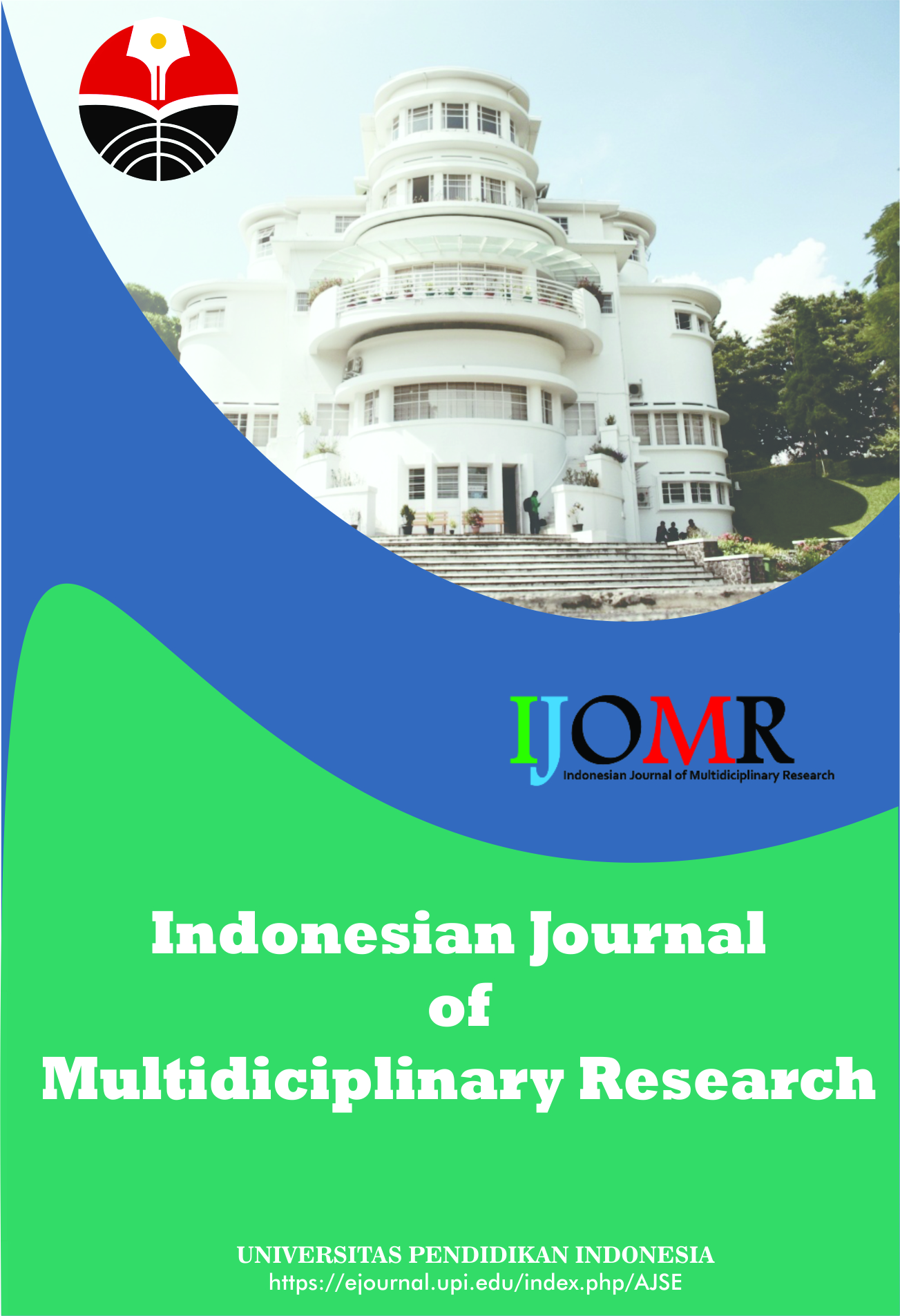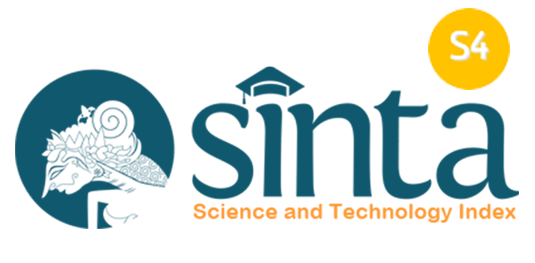Mascot Design for Sustainability of Playgroups Learning Media
Abstract
This article aims to show the design of a mascot for a playgroup in Kabupaten Bandung. The designed mascot will be used in student learning media. The method used is descriptive research in the form of systematic, accurate, and factual descriptions of the facts, characteristics, and relationships between the phenomena studied. The research implementation process refers to art-based research, which emphasizes deepening the situation in the playgroup. Furthermore, it is used as the basis for the occurrence of the mascot design creation event. Mascots can create an emotional bond between the brand and the user, to produce an interesting and memorable story. Mascots can also perpetuate student loyalty and commitment to maintain learning motivation. The result is a mascot design that can be implemented in student learning media. Mascots representing types of vegetables can be a learning medium as well as building positive awareness among children towards types of vegetables that are good for their growth. Cultivating enthusiasm for consuming good and enjoyable food.
Keywords
Full Text:
PDFReferences
Belfiore, E., and Bennett, O. (2007). Determinants of impact: Towards a better understanding of encounters with the arts. Cultural trends, 16(3), 225-275.
Bergmark, J., and Danker, S. H. (2022). Race-based mascots: Reflecting on university–community conversations. International Journal of Education through Art, 18(1), 75-88.
Ekawardhani, Y. A., Santosa, I., Ahmad, H. A., and Irfansyah, I. (2020). Modification of visual characters in Indonesian animation film. Harmonia: Journal of Arts Research and Education, 20(2), 167-175.
Gerber, N., and Siegesmund, R. (2022). Innovations in arts-based research: ABR provocations from the 16th International Congress of Qualitative Research. International review of qualitative research, 15(2), 147-167.
Göttgens, I., and Oertelt-Prigione, S. (2021). The application of human-centered design approaches in health research and innovation: A narrative review of current practices. JMIR mHealth and uHealth, 9(12), e28102.
Hashim, S., Masek, A., Abdullah, N.S., Paimin, A.N., and Muda, W.H.N.W. (2020). Students’ intention to share information via social media: A case study of covid-19 pandemic. Indonesian Journal of Science and Technology, 5(2), 236-245.
Kongdee, N., Prapawong, S., and Jintapitak, M. (2020). The designing of institute’s educational mascots for brand identity. Advances in Science, Technology and Engineering Systems Journal, 5(6), 1759-1777.
Lomas, T. (2016). Positive art: Artistic expression and appreciation as an exemplary vehicle for flourishing. Review of General Psychology, 20(2), 171-182.
Melles, M., Albayrak, A., and Goossens, R. (2021). Innovating health care: Key characteristics of human-centered design. International Journal for Quality in Health Care, 33(Supplement_1), 37-44.
Möller, K. (2019). The role of mascots in building institutional identity. Journal of Visual Communication, 12(3), 45-60.
Pairoa, I., and Arunrangsiwed, P. (2016). An overview on the effectiveness of brand mascot and celebrity endorsement. World Academy of Science, Engineering and Technology, International Journal of Social, Behavioral, Educational, Economic, Business and Industrial Engineering, 10(12), 3536-3542.
Radomskaya, V., and Pearce, P. L. (2021). Adding character: The role of destination mascots in tourism development. Tourism Management, 84, 104248.
Rasim, R., Rosmansyah, Y., Langi, A.Z., and Munir, M. (2021). Immersive intelligent tutoring system for remedial learning using virtual learning environment. Indonesian Journal of Science and Technology, 6(3), 507-522.
Smith, J. (2020). Designing mascots for children: A psychological and cultural perspective. International Journal of Design, 14(2), 78-92.
DOI: https://doi.org/10.17509/ijomr.v5i2.84530
Refbacks
- There are currently no refbacks.
Copyright (c) 2025 Kantor Jurnal dan Publikasi, Universitas Pendidikan Indonesia (UPI)

This work is licensed under a Creative Commons Attribution-ShareAlike 4.0 International License.
Indonesian Journal of Multidiciplinary Research (IJOMR) is published by Universitas Pendidikan Indonesia (UPI)















